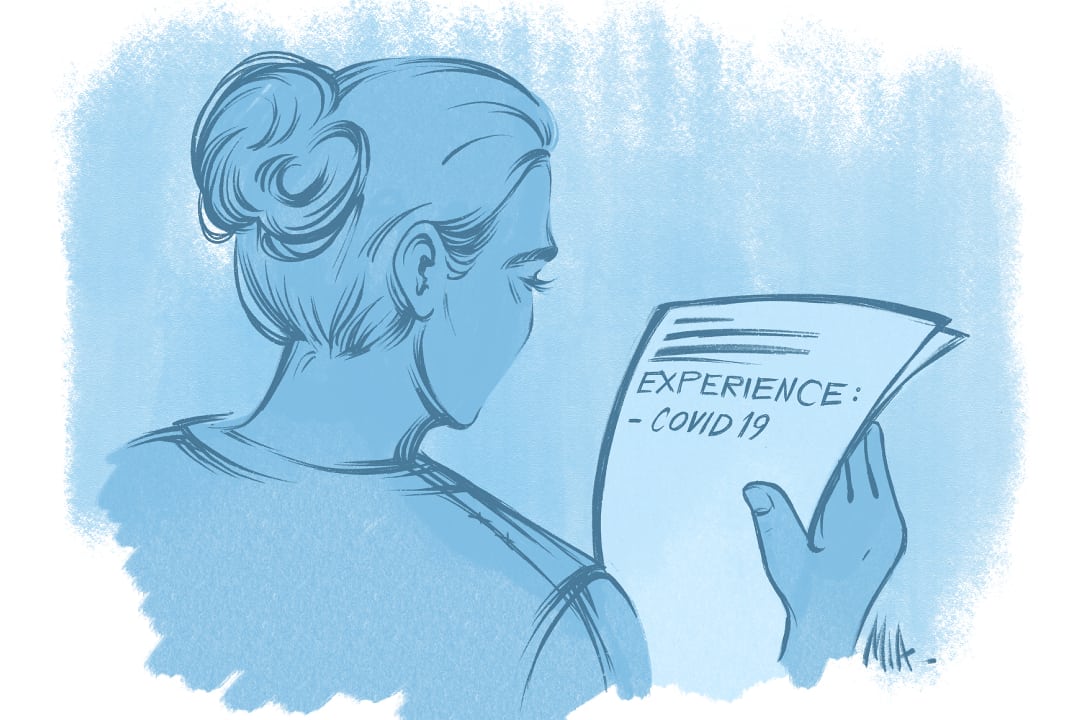The answer to whether in-person placements in medical programs should be waived is multifaceted and complex. There are numerous factors to consider: the vulnerability of the population being served, the ability of virtual learning to meet in-person objectives, and the societal risks associated with waiving in-person placements.
Each program should carefully evaluate and weigh these different risks. Although we can argue about the indispensability of placements to given professions, the practicality of conducting in-person placements will always be the greatest limitation.
For nursing and medical students, the demands of the current pandemic on hospitals have made clinical placements impractical. Many doctors and nurses are working beyond their normal hours and regularly filling vacancies left by colleagues who have contracted COVID-19. As physicians and nurses are already overwhelmed, the quality of education that can be given to students might be severely compromised.
Since the beginning of the COVID-19 pandemic, some graduate placements have been postponed, cancelled, or converted to online formats. The impact of these changes on students’ competence and future employability remains unknown. In a 15-year outlook, the Association of American Medical Colleges predicted that COVID-19 will have consequences on the practice of medicine, speciality choices, and workforce retention patterns.
The final years of many graduate programs get students out of the classroom and into a real-world setting. For many students, including medical and nursing students, in-person placements are an opportunity to practice hands-on skills, develop professional competencies, network, and explore different specialties.
Although industry placements offer an exciting change from classroom learning, they also present numerous challenges. Overcoming these challenges helps students to develop the grit and perseverance they need to be successful in their fields of study.
Currently, hospitals have a higher risk of COVID-19 exposure. Prevailing shortages of personal protective equipment (PPE) also make it difficult for students to learn safely. Limiting medical students’ clinical rotations will not only preserve their health and safety, it will also conserve scarce PPE, such as masks, gloves, and gowns.
Furthermore, students who have underlying health conditions or anxiety about working during the pandemic might not feel comfortable completing their clinical placements this year. However, students should not have to choose between safety and graduation. While in-person placements are important, the safety and mental well-being of students should also be considered.
While the role of medical students is indispensable to clinical efficiency, it is important to remember that medical students are not employees. The priority should be for these students to learn the fundamentals of medicine. Unfortunately, meeting these teaching objectives may be difficult to achieve in times of crisis.
The pandemic has shown us that not all members of the population are affected by COVID-19 equally. The risk of severe illness from COVID-19 increases with age and underlying medical conditions; some placements for social workers, for example, require students to work with vulnerable, older individuals. Thus, placements should consider the circumstances of the individuals they serve and waive the requirement of in-person placements.
While placements are important for assisting students with their transition into the workforce, students should not be required to complete in-person placements in an environment that is not conducive to learning. In this time of crisis, virtual learning would alleviate the added stress and anxiety of contracting COVD-19. Furthermore, graduate students are students, not workers. Thus, the priority should be to equip them with the fundamental knowledge needed to be successful in their field.
Ashley Mutasa is a third-year neuroscience and statistics student at UTM.


